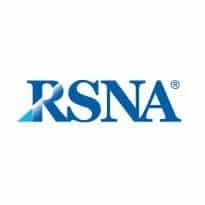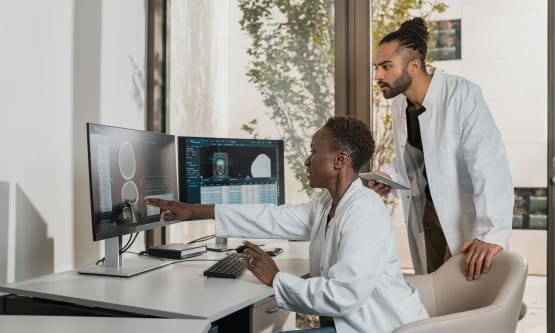Radiology IT needs to learn from Amazon
- 9 December 2013

Healthcare IT is five years behind the technology used in other sectors and needs to learn from the best commercial operators available, the Radiological Society of North America heard.
Paul Chang, professor of radiology at the University of Chicago, told RSNA delegates that to improve quality and efficiency, easy access to information was essential. “In order to support modern healthcare workflow, information systems must interoperate,” he said.
Interoperability could be defined as “the ability of a system or product to work with other systems or products without special effort on part of the customer,” he added.
He went on: “In hospitals we’re using humans as integrating agents. This is a problem because we’re not very good at integrating. We only add inefficiency and potential error.”
Instead of integrating different systems, hospitals expect clinicians to use multiple log-ons to different applications.
Professor Chang pointed out that when a consumer buys something from Amazon, the site seamlessly connects with other systems, such as banking, to make the interaction as simple as possible.
“In hospitals, it’s five different log-ons,” he said. Some hospitals had adopted Citrix solutions, but this represented a half-way house, he added.
“A Citrix model placates the natives for a short period of time but it’s not true interoperability. It’s a technological dead end.”
Professor Chang argued that hospitals should begin to adopt the Amazon model. Using the analogy of choreography – in which every performance is the same – and orchestration – in which the conductor can adapt to particular circumstances – he said that healthcare IT should be moving towards an orchestration model.
Relevant information (such as lab values) should be at a physician’s fingertips, in the system they are using at the time.
Hospital IT should begin using service-oriented architecture, Professor Chang said, describing SOA as a “component-based architecture that supports composite applications by orchestrating loosely-coupled services.”
SOA introduces a middle layer that “allows you to take data from multiple systems and combine,” he said.
Chang gave an example of how SOA has been used in the University of Chicago Medical Center, where in particular applications such as a biopsy request approval, the forms are prepopulated with the relevant information.
“When we do a biopsy, I right-click on the image on my picture archiving and communication system, it pops up a form, pre-populates the form with pertinent patient information, such as slice thickness, and automatically shows me the INR and platelet lab values.
“I don’t have to go to the electronic medical record to access this information – it comes to me,” he said.
SOA offered the potential for huge efficiency improvements, and because it has already been used for several years in other sectors, it provided a “great opportunity to minimise risk,” said Professor Chang, adding: “I don’t have to innovate, I just have to steal other people’s ideas.”



